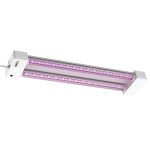LED Light Strips Energy Consumption: How Much Electricity Do They Actually Use?
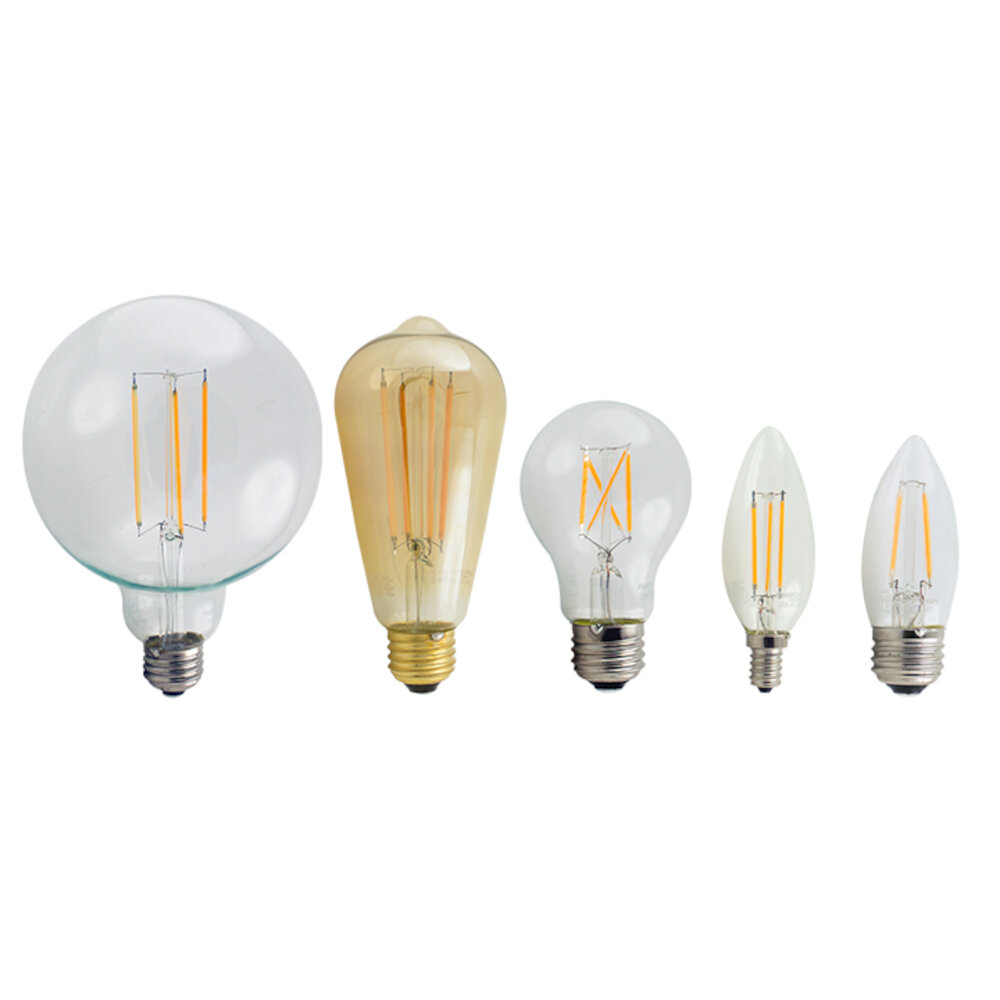
LED light strips have become increasingly popular in recent years due to their versatility and energy efficiency. These strips can be used for a variety of purposes, from adding ambiance to a room to providing functional lighting in a workspace or kitchen. However, many people are still unsure about the energy consumption of LED light strips and how much electricity they actually use. In this article, we will take a closer look at LED light strip energy consumption, providing you with the information you need to make an informed decision about whether these strips are the right choice for your lighting needs. One of the main advantages of LED light strips is their energy efficiency. Unlike traditional incandescent bulbs, which waste a significant amount of energy as heat, LED bulbs convert almost all of their energy into light. This means that they use significantly less electricity to produce the same amount of light as incandescent bulbs, making them a more environmentally friendly and cost-effective option. However, the actual amount of electricity used by LED light strips can vary depending on a range of factors, including the length and brightness of the strip, the number of LEDs it contains, and how often it is used. By understanding these factors, you can make an informed decision about how to use LED light strips in your home or office while minimizing your energy consumption and reducing your carbon footprint.
LED light strips are a type of lighting system that consists of small, energy-efficient light-emitting diodes (LEDs) mounted on a flexible circuit board. LED light strips are highly versatile and can be used for a wide range of applications, including accent lighting, task lighting, and backlighting. They are available in a variety of colors, brightness levels, and sizes, making them an ideal choice for both residential and commercial settings. LED light strips are known for their energy efficiency, long lifespan, and low heat emission, making them a sustainable and cost-effective lighting solution. Due to their flexibility and ease of installation, LED light strips have become increasingly popular in recent years, and are now commonly used in homes, offices, and public spaces.
LED light strips have been gaining popularity in recent years due to their energy efficiency and versatility in lighting design. The importance of energy consumption in LED light strips cannot be overstated, as it directly affects the running cost and environmental impact of the lighting system. Unlike traditional incandescent bulbs, LED light strips consume significantly less electricity to produce the same amount of light, making them a cost-effective and eco-friendly solution for both residential and commercial use. Additionally, LED technology allows for the customization of light intensity and color, further reducing energy consumption by only using the necessary amount of light for the space and purpose. By choosing LED light strips with low energy consumption, users can not only save money on electricity bills but also contribute to a sustainable future.
Factors Affecting Energy Consumption in LED Light Strips

LED light strips have become increasingly popular due to their energy efficiency and versatility. However, there are several factors that can affect their energy consumption. One of the main factors is the length of the LED light strip. The longer the strip, the more energy it will consume. This is because each LED requires a certain amount of energy to function, and the more LEDs there are, the more energy is needed. Therefore, it’s important to consider the length of the LED light strip when choosing one for your home or business. Another factor that can affect the energy consumption of LED light strips is the brightness level. The brightness of the LED lights is measured in lumens, and the higher the lumens, the brighter the light. However, brighter LED lights also consume more energy. Therefore, it’s important to choose an LED light strip with the appropriate brightness level for your needs. If you only need a small amount of light, then a lower brightness level will suffice, and you can save energy by choosing a lower lumens rating. On the other hand, if you need a lot of light, then a higher brightness level will be necessary, but you will need to be aware that this will also consume more energy.
When it comes to LED light strips, the length of the strip plays a significant role in determining its energy consumption. Generally, longer LED light strips consume more electricity than shorter ones. The reason behind this is simple – the longer the strip, the more LED bulbs it contains, and the more energy it requires to power them all. This is why it’s important to measure the length of your LED light strip and calculate its energy consumption accordingly, so you can choose the right power supply and avoid wasting energy. Additionally, opting for energy-efficient LED light strips can help reduce their overall energy consumption, making them an eco-friendly and cost-effective lighting solution.
The color of the LED light strip can greatly affect its energy consumption. Red, yellow, and orange tend to use less energy than green, blue, and purple. This is because red, yellow, and orange have longer wavelengths and require less energy to produce. On the other hand, green, blue, and purple have shorter wavelengths, which require more energy to produce. Additionally, some LED light strips allow you to adjust the brightness level, which can also impact energy consumption. It’s important to consider the color and brightness of your LED light strip when choosing one to ensure that it meets your energy efficiency needs.
The brightness of the LED light strip is a crucial aspect to consider when purchasing one. The intensity of the light produced by the strip is measured in lumens, which determines how bright the area will be illuminated. Higher lumens mean brighter light, and lower lumens indicate dimmer light. It is important to note that the brightness of the LED light strip will also depend on the length of the strip, the number of LEDs per meter, and the color temperature. Some LED light strips may have adjustable brightness settings, allowing users to customize their lighting preferences. When selecting an LED light strip, it is essential to choose one that provides sufficient brightness for the intended use while also being energy-efficient to minimize electricity consumption.
When it comes to LED light strips, the type of power source used can greatly impact their energy consumption. The most common power sources for LED light strips are plug-in adapters, battery packs, and hardwired connections. Plug-in adapters are often the most convenient option, but they can also be the least energy-efficient as they draw power from an external source. Battery packs offer greater flexibility in terms of placement, but they can be costly and require frequent replacement. Hardwired connections are the most energy-efficient option but require installation by a professional electrician. Ultimately, the type of power source chosen will depend on individual needs and priorities, but it’s important to consider the energy consumption of each option to make an informed decision.
Measuring Energy Consumption in LED Light Strips
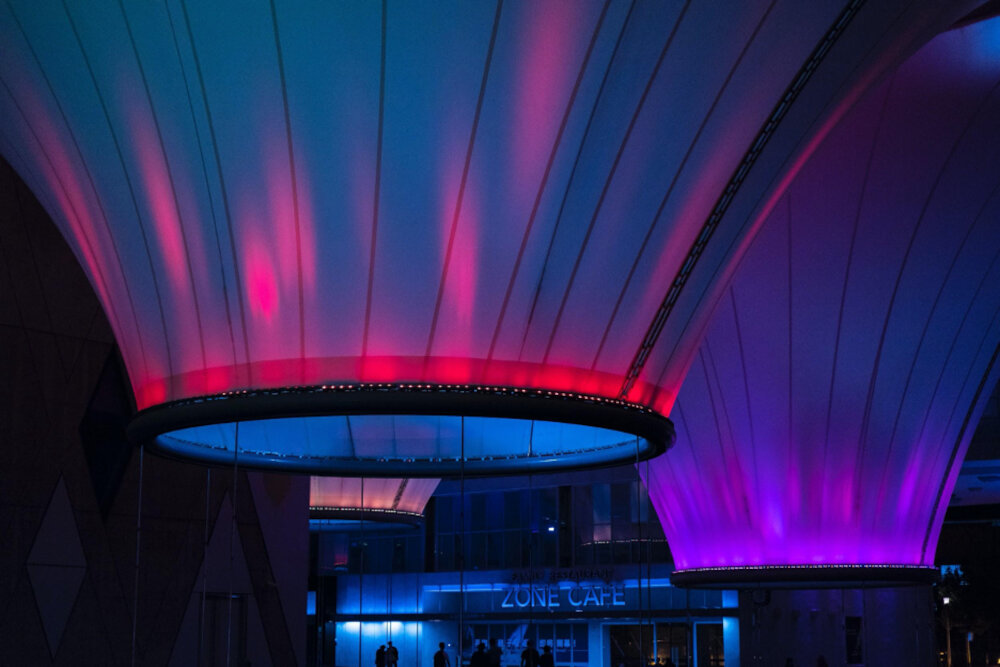
The energy consumption of LED light strips has become a topic of interest for many individuals looking to save on electricity bills. Measuring the energy consumption of LED light strips is important to understand how much electricity they use and how it impacts monthly bills. The energy consumption of LED light strips is measured in watts and is calculated by multiplying the voltage of the light strip by the current flowing through it. The wattage of the LED light strip is usually indicated on the packaging, making it easy for consumers to determine the energy consumption of each strip. However, it is important to note that the wattage listed is the maximum power that the LED light strip can consume, so actual usage may be lower depending on the brightness and settings used. There are various methods to measure the energy consumption of LED light strips. One of the most common methods is to use an energy meter, which is plugged into the wall outlet and then the LED light strip is plugged into the meter. The energy meter measures the electricity consumption of the LED light strip and displays it on a digital screen. This allows for accurate monitoring of energy usage and can help individuals determine the most energy-efficient settings for their LED light strips. Additionally, some LED light strips come with energy monitoring features built-in, allowing users to track their energy consumption through an app or other digital platform. By understanding the energy consumption of LED light strips, individuals can make informed decisions about their energy usage and save money on their electricity bills.
A wattmeter is an essential tool for measuring the power consumption of LED light strips. To use a wattmeter, plug it into a wall socket and then plug the LED light strip into the wattmeter. The wattmeter will measure the amount of electricity used by the LED light strip in real time, giving you an accurate reading of its power consumption. This is particularly useful when trying to calculate the cost of running LED light strips over time, as it allows you to adjust usage and see the impact on your electricity bill. With a wattmeter, you can take control of your energy usage and ensure that you aren’t overspending on electricity.
Calculating the energy consumption of LED light strips requires a few simple steps. Firstly, determine the wattage of the LED light strip, which can usually be found on the packaging or the product itself. Next, multiply the wattage by the number of hours the light strip will be in use each day. This will give you the daily energy consumption in watt-hours. To calculate the monthly energy consumption, multiply the daily energy consumption by the number of days in the month. It is important to note that using LED light strips can significantly reduce energy consumption compared to traditional lighting options, which can result in lower energy bills and a more sustainable living environment.
Typical Energy Consumption of LED Light Strips
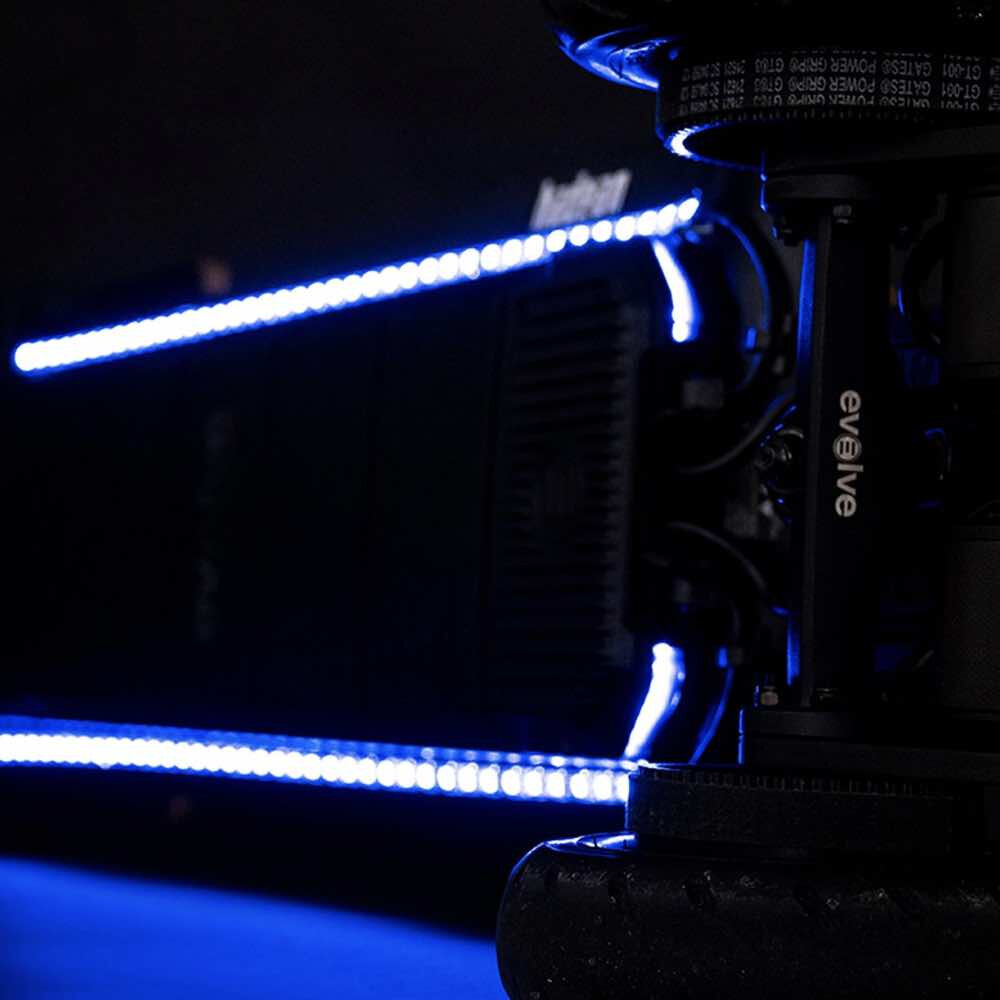
LED light strips are a popular lighting solution that is known for its energy efficiency. Compared to traditional bulbs, LED light strips consume much less electricity, which makes them a cost-effective solution for both residential and commercial settings. Typical energy consumption of LED light strips varies depending on the length, brightness, and color temperature of the strip. However, on average, a 5-meter LED light strip can consume between 30-45 watts of electricity. This is significantly less than traditional bulbs, which can consume up to 100 watts or more. The energy efficiency of LED light strips is due to their use of semiconductors that convert electricity into light with minimal heat loss. This means less energy is wasted and more of it is used to produce light. Additionally, LED light strips have a longer lifespan than traditional bulbs, which means less frequent replacements are required. This, in turn, reduces the overall energy consumption associated with lighting. Overall, the typical energy consumption of LED light strips is relatively low, making them an excellent choice for those looking to reduce their energy bills and carbon footprint.
LED light strips have become increasingly popular in recent years due to their versatility and energy efficiency. One popular brand of LED light strips is the Philips Hue Lightstrip Plus, which consumes 20 watts of electricity per meter. Another popular option is the Govee LED Strip Lights, which use 12 watts per meter. For those on a budget, the Daybetter LED Strip Lights are a great option, using only 7.2 watts per meter. It’s important to note that while LED light strips are generally more energy efficient than traditional lighting options, the energy consumption can vary depending on the brand and usage. It’s always a good idea to check the wattage and usage instructions before purchasing and using LED light strips to ensure that they are being used in the most energy efficient manner possible.
When it comes to energy consumption, LED light strips outshine traditional lighting options in every aspect. Traditional lighting options, such as fluorescent bulbs or incandescent lights, consume significantly more electricity than LED light strips, resulting in higher electricity bills. Additionally, traditional lighting options have a shorter lifespan and require more frequent replacements, which not only adds to the cost but also creates more waste. In contrast, LED light strips are energy-efficient, have a longer lifespan, and are more environmentally friendly. These benefits make LED light strips a more cost-effective and sustainable choice compared to traditional lighting options.
Reducing Energy Consumption in LED Light Strips
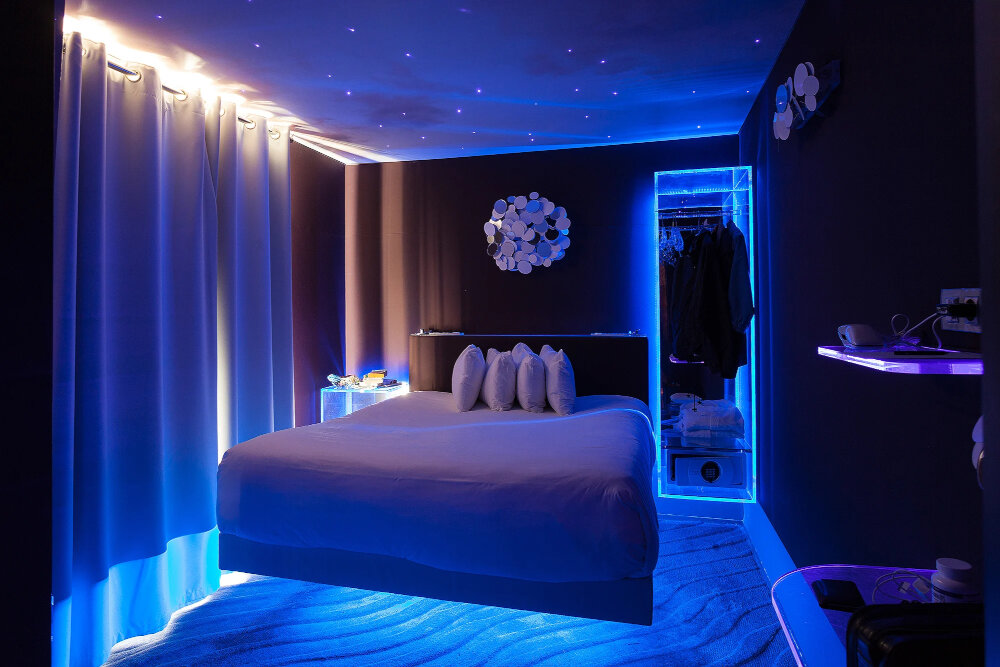
LED light strips have become a popular lighting solution due to their energy efficiency, versatility, and ease of installation. However, as with any electrical device, LED light strips do consume energy and contribute to your overall electricity bill. Luckily, there are ways to reduce the energy consumption of LED light strips without sacrificing their benefits. One way to reduce energy consumption in LED light strips is to choose a product with a high energy efficiency rating. Look for LED light strips that have an Energy Star rating, which indicates that they meet strict energy efficiency guidelines set by the U. S. Environmental Protection Agency. Additionally, choose LED light strips with a low wattage per foot, which means they require less energy to operate. Another way to reduce energy consumption is to use a timer or smart switch to control when the LED light strips are turned on and off. This ensures that they are only in use when needed, rather than being left on unnecessarily. By implementing these simple strategies, you can enjoy the benefits of LED light strips while minimizing their impact on your electricity bill.
Using energy-efficient power sources is an excellent way to reduce the electricity consumption of LED light strips. LED light strips are a popular lighting solution in homes and commercial buildings because of their energy efficiency, long lifespan, and versatility. However, the electricity usage of these strips can vary depending on the type of power source used. By selecting an energy-efficient power source, such as a high-quality driver or transformer, the amount of electricity used by LED light strips can be significantly reduced. This not only lowers energy bills but also helps to reduce greenhouse gas emissions and promote a more sustainable future.
When it comes to LED light strips, one way to reduce energy consumption is by choosing lower brightness options. LED lights are known for their energy efficiency, and using dimmer settings can increase their lifespan while also saving money on electricity bills. Additionally, lower brightness options can create a cozy and relaxing atmosphere in any room without using too much energy. It’s important to note that brightness levels can vary between different LED light strip brands, so it’s essential to do research on the specific product before purchasing. Choosing lower brightness options is a simple and effective way to reduce energy usage and create a comfortable home environment.
One of the easiest and most effective ways to reduce energy consumption when using LED light strips is to turn them off when not in use. This simple habit can significantly reduce electricity usage and extend the lifespan of the LED lights. While LED light strips are known for their energy efficiency, they still consume electricity when left on unnecessarily. By turning off the lights when leaving the room or going to bed, you can save money on your energy bill and reduce your carbon footprint. Additionally, using a timer or smart switch can automate the process and ensure that the lights are only on when you need them. So, if you want to be more eco-friendly and save money in the long run, make sure to turn off your LED light strips when not in use.
LED light strips have become a popular lighting solution for various applications due to their energy efficiency and versatility. However, the energy consumption of LED light strips depends on several factors. The length and brightness of the strip, the number of LEDs per meter, and the voltage of the power supply all affect the energy consumption. Additionally, the color temperature of the LEDs can also impact energy usage. Cooler colors, such as white and blue, tend to consume more energy than warmer colors, like yellow and red. It is important to consider these factors when selecting LED light strips to ensure that they are both energy-efficient and suitable for the intended purpose.
When it comes to purchasing LED light strips, energy consumption is a crucial factor to consider. These light strips are known for their energy efficiency and can help reduce electricity bills significantly. However, not all LED light strips are created equal, and their energy consumption can vary depending on the quality and type of LED chips used, as well as the length and brightness of the strip. It’s essential to look for LED light strips that have high-quality chips, consume low wattage, and have a long lifespan. By doing so, you not only save money on electricity bills but also contribute to a sustainable environment by reducing carbon footprint. Therefore, considering energy consumption is crucial when purchasing LED light strips.
Conclusion
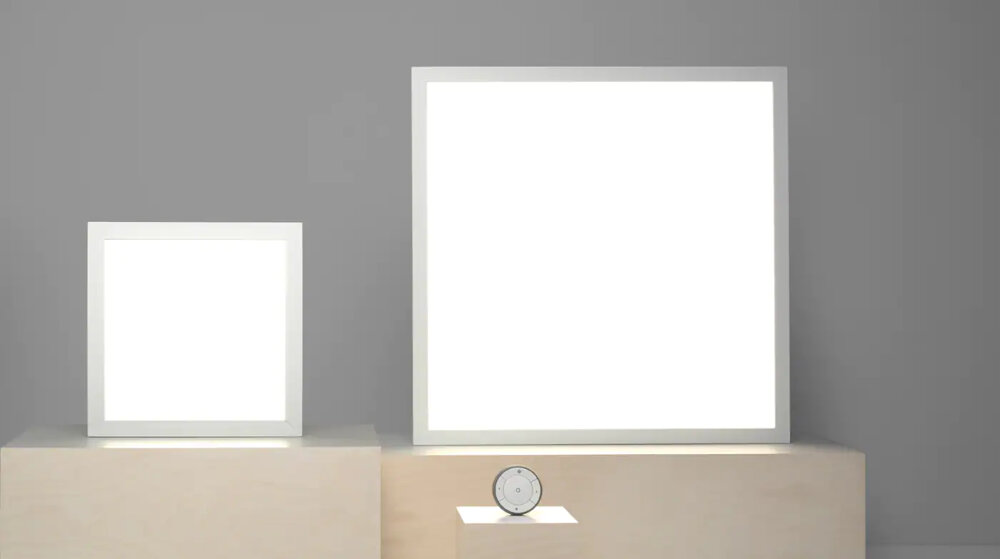
In conclusion, LED light strips have proven to be an energy-efficient lighting option with minimal electricity consumption compared to traditional lighting sources. These versatile light strips can be used for various purposes, including decorative, ambient, and task lighting in residential and commercial settings. Additionally, the low energy consumption of LED light strips translates to reduced electricity bills and lower carbon footprint, making them an environmentally friendly lighting option. While the energy consumption of LED light strips varies based on factors such as length, brightness, and usage time, they are undoubtedly a cost-effective and sustainable lighting solution that can enhance the aesthetics and functionality of any space.

